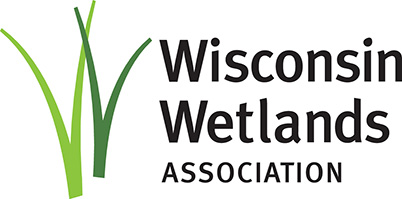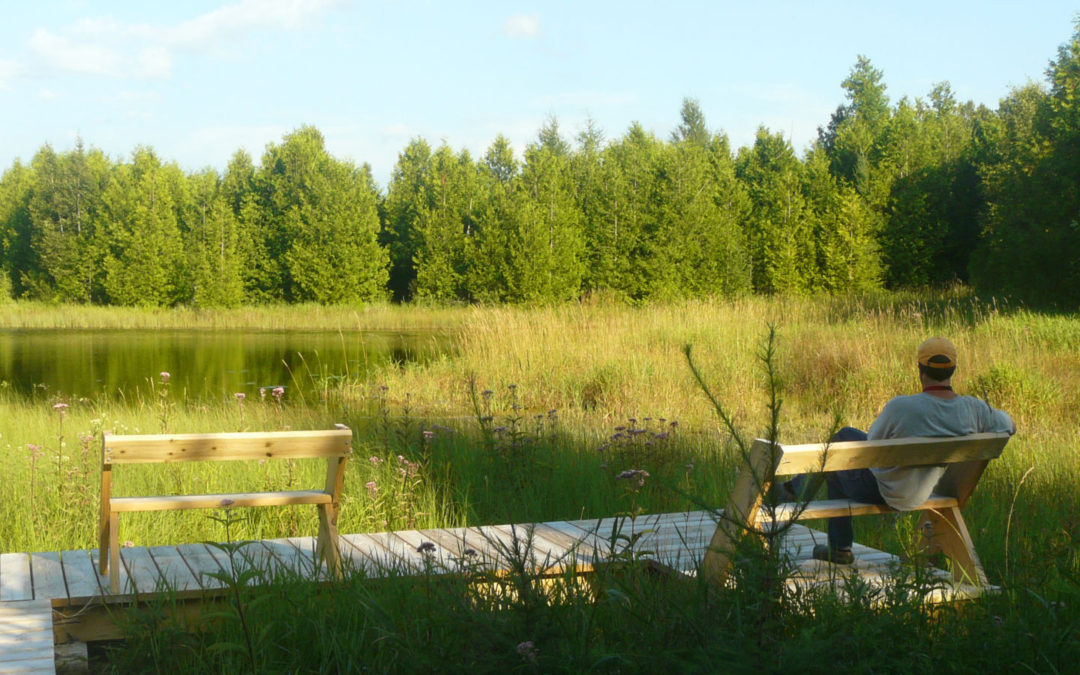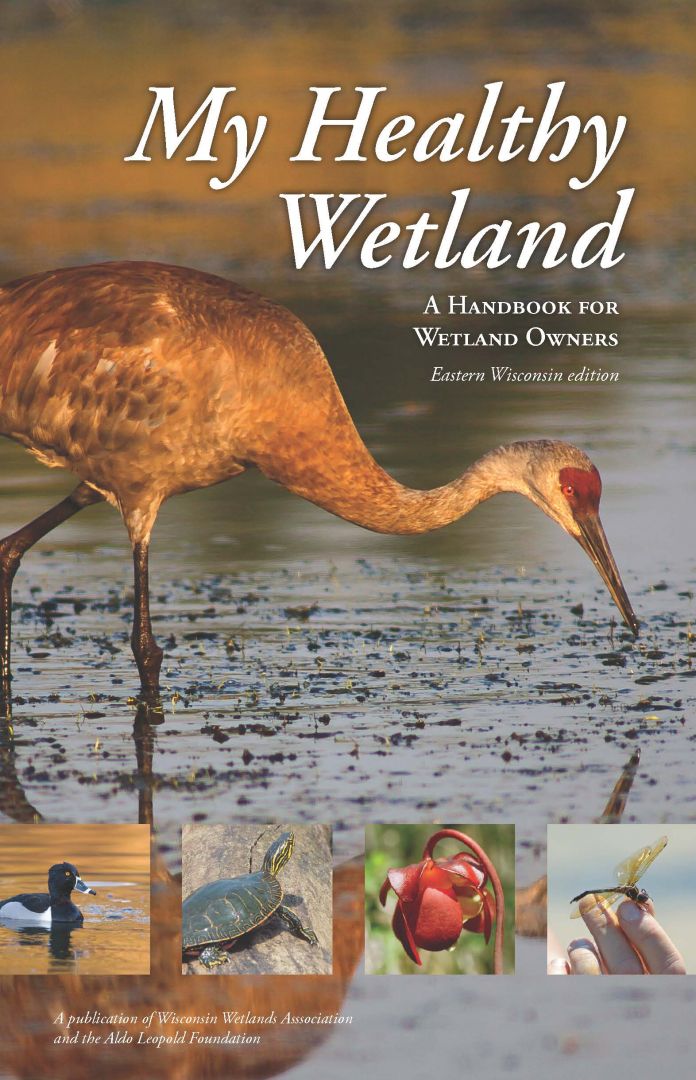Invasive plants are brought into new areas by water, people, or wildlife, so make sure to check thoroughly along walking paths, animal trails, and waterways.
A good resource if you want to learn more about Wisconsin’s invasive plant species is Invasive Plants of the Upper Midwest, for sale from the Invasive Plant Association of Wisconsin. You can order a copy on the Association’s website. Another useful publication is A Field Guide to Invasive Plants in Wisconsin, published by Wisconsin DNR. You can order a copy by printing and mailing the DNR’s order form.
You may come upon plants that you don’t recognize so don’t know if they are invasive or not. Bring your plant ID guide into the field with you, or bring samples of unknown plants in from the field to identify later. You may have a professional in your community who can help you identify plants. The biology or botany department at your local college or university is a good start, as is your local UW-Extension office.
Sometimes you will see plants when they are too young to be identified (that is, they aren’t yet flowering). You can use flagging tape or pin flags (available at your local hardware store) to mark plants that you don’t recognize so you can find these plants later in the growing season when they may be easier to identify.
Start mapping invasive plants this spring, but remember that plants continue to emerge and flower throughout the growing season, so you’ll need to revisit your wetland at several times during the growing season to keep an eye out for invasives.
Photo points are a great way to track the management of your invasive plants.
Another useful tool for managing invasives is your field journal.





